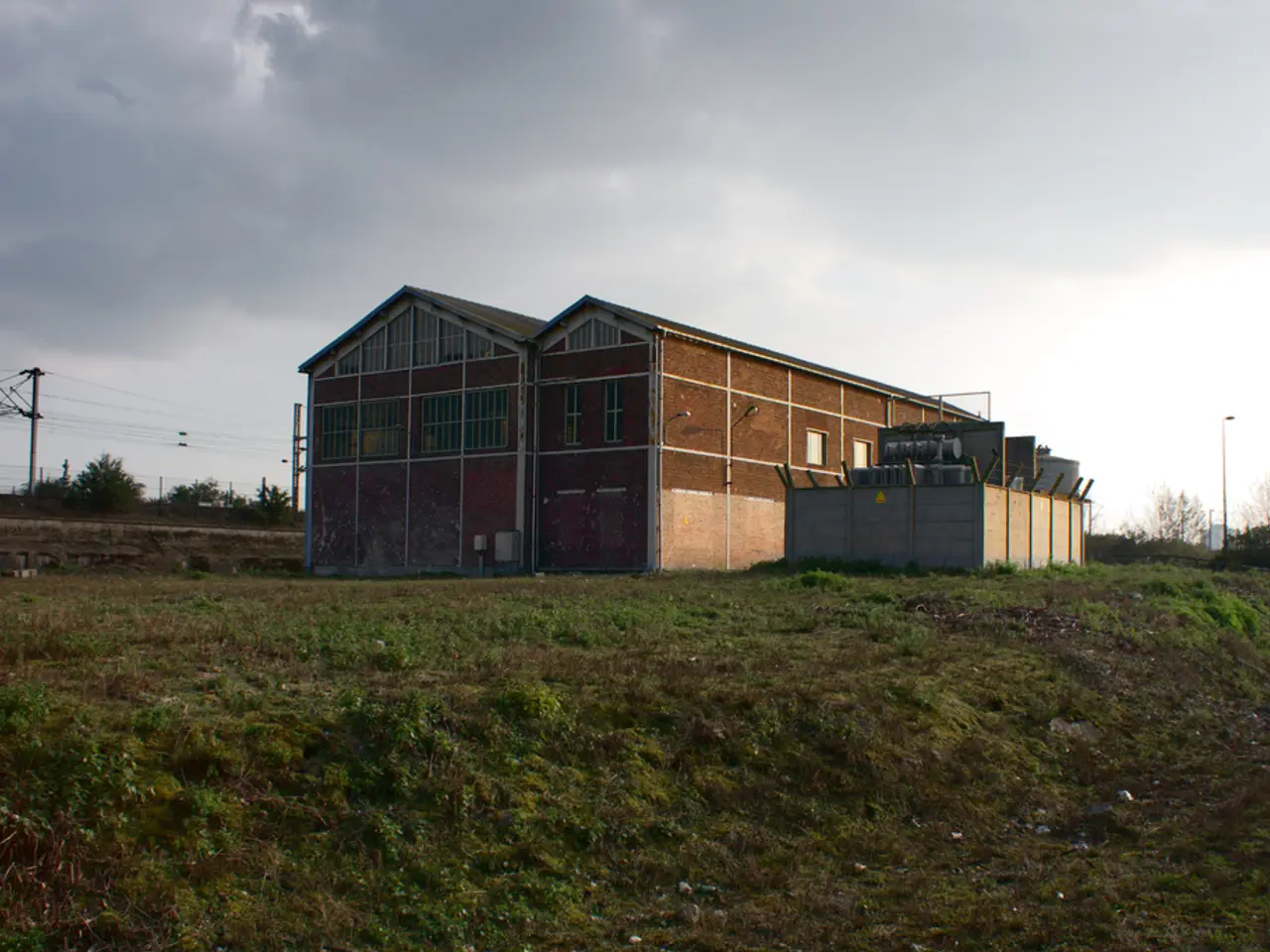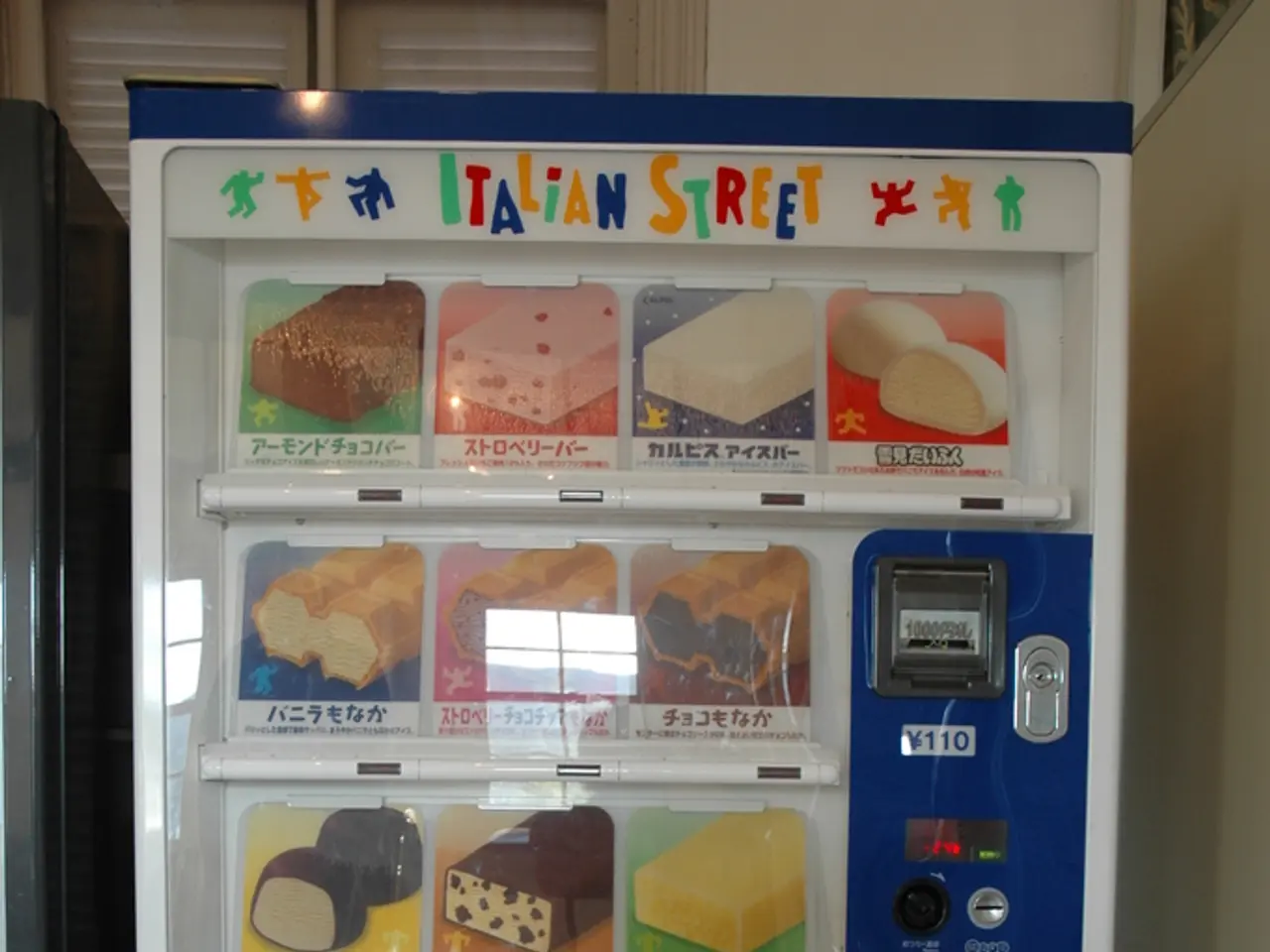Home Energy Conservation: Practicing Strategic Energy Consumption for a Greener Lifestyle
In the hustle and bustle of modern life, it's easy to overlook the small opportunities that present themselves for change. One such opportunity lies in the often-overlooked off-peak periods of electricity usage. These periods, typically occurring late at night or early in the morning, offer a chance to slow down, save money, and live more sustainably.
Off-peak electricity times see a surplus of renewable energy, often resulting in lower prices for customers signed up to relevant tariffs and schemes. This means that tasks such as running the dishwasher or putting a load of washing on can become opportunities to align actions with natural renewable energy patterns, promoting a shift in mindset towards mindful energy use.
By pausing to consider when and how energy is used, individuals can begin to embrace a lifestyle that's more in sync with both the environment and personal wellbeing. This mindful approach to energy consumption reinforces the principles of slow living, encouraging a more intentional and harmonious household.
Embracing energy rhythms can help break away from running life on autopilot, promoting stillness, reflection, and sustainability. By aligning daily routines with electricity pricing, one can reshape how they think of everyday tasks and remind themselves to slow down.
To take advantage of off-peak hours, a smart meter is necessary to track energy use and share meter readings automatically with energy providers. Customers should check their email regularly for notifications of additional off-peak hours from their energy provider. Off-peak hours can be found on an energy provider's website or app for customers on energy-saving schemes or time-of-use tariffs.
High-energy tasks can be batched together during off-peak periods to make the most of lower rates and reduce carbon footprint. For example, running the dishwasher or charging an electric vehicle at these times can significantly reduce energy bills while helping to stabilise the power grid.
By following these approaches, individuals can both reduce their energy expenses and cultivate a lifestyle that values presence, intention, and sustainability – hallmarks of slow living. The latest tips on embracing slow living, including strategies for maximising off-peak electricity usage, can be found on the blog.
Customers not signed up to these schemes or tariffs should check with their provider about what they offer. By making the switch, one can join the growing number of people who are embracing slow living and making a positive impact on both their wallets and the environment.
Such shifts in energy consumption can be aligned with the principles of slow living, fostering a lifestyle that harmonizes with both personal well-being and environmental sustainability. By running home-and-garden appliances, like the dishwasher or washing machine, during off-peak hours, one can engage in sustainable-living practices while enjoying the associated benefits of reduced energy costs.




![Video Explanation: An Overview of Explainer Videos [Including Examples and Definition]](/en/content/images/size/w1280/format/webp/20250721153209_explainer-video-examples-meaning.jpeg)